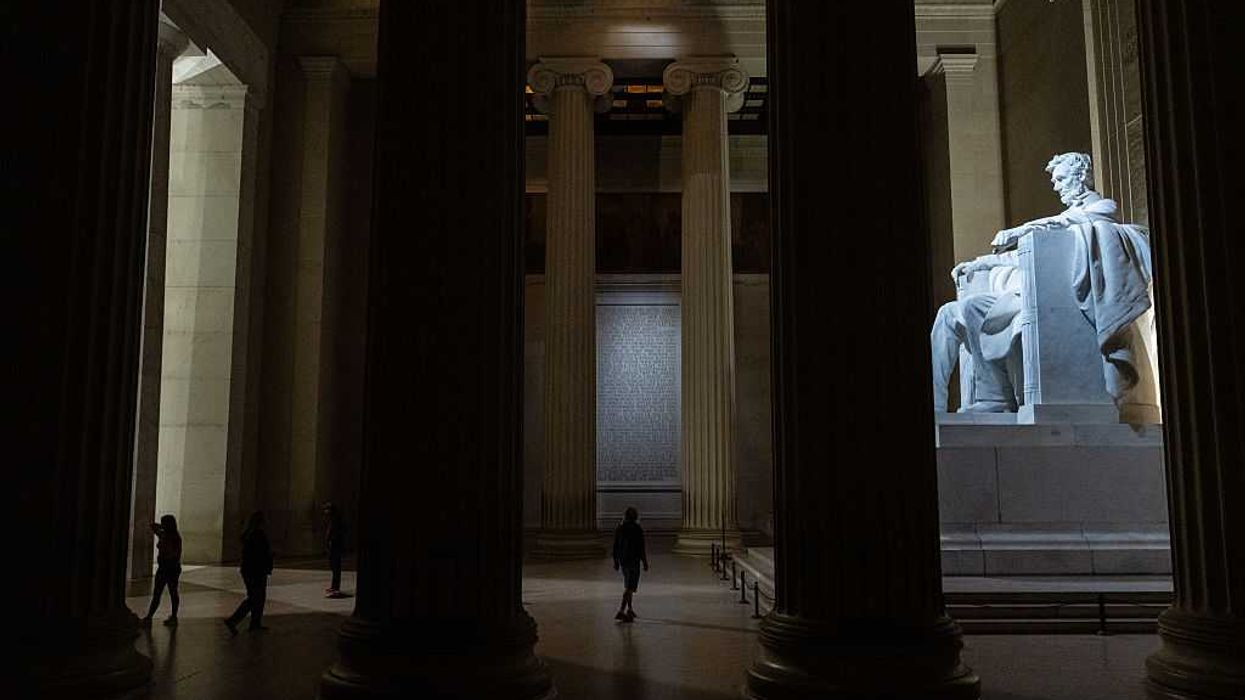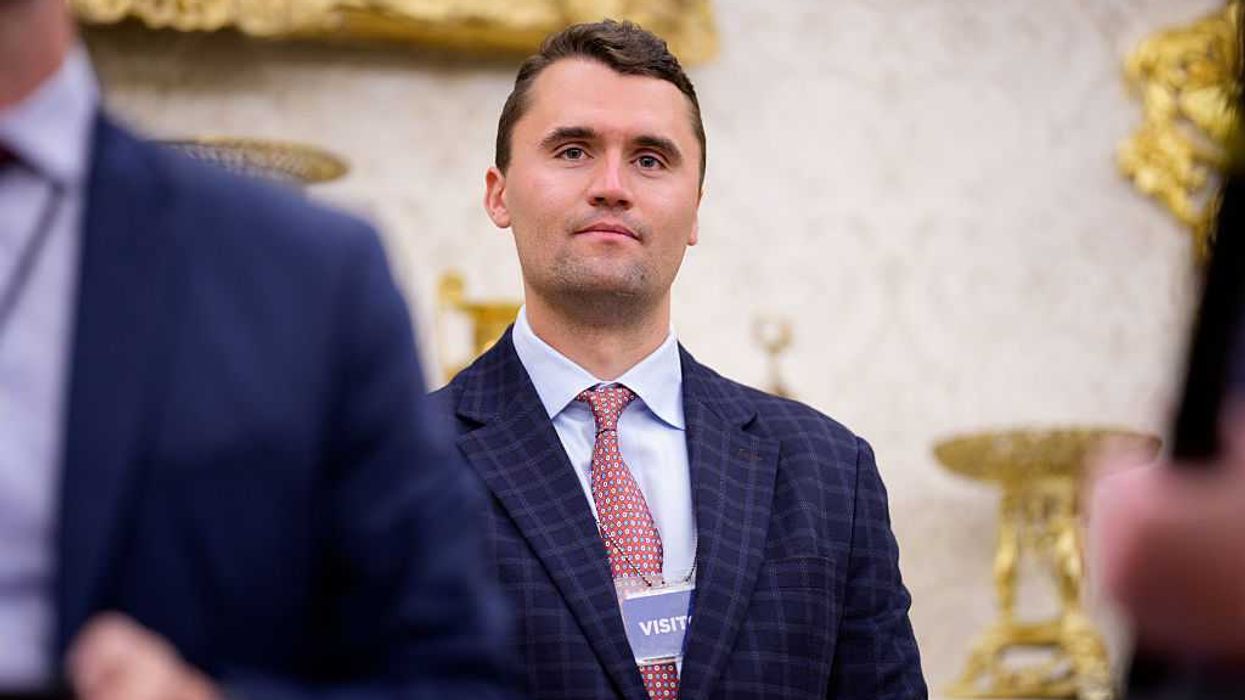This is YOUR CHANCE to make a difference!
Tomorrow is Super Tuesday, arguably the most consequential election day leading up to the 2024 election. However, every election leading up to November is critical for determining the trajectory of our country. This may be the most important election season in recent memory, so it is imperative that we do our part and head to the polls, even for smaller elections.
Listeners of Glenn's show are already aware of the multitudes of serious problems that face our nation. From the crisis on the southern border that's letting criminals flood our streets to the never-ending flow of American tax dollars funding a proxy war in Ukraine, it's clear that the people currently in charge are not cut out for the job.
We need to put responsible people back in office and we cannot let any more left-wing activists take power. YOU need to go out and vote and make your voice heard. Check out our COMPLETE list of all the upcoming elections in the 2024 election season. Mark your calendars, plan ahead, and STAND UP!
Alabama
State Primary- March 5th
State Primary Runoff- April 2nd
Presidential Primary- March 5th
Click here for more information
Alaska
State Primary- August 20th
Republican Presidential Caucus- March 5th
Democratic Presidential Caucus- April 6th
Click here for more information
Arkansas
State Primary- March 5th
State Primary Runoff- April 2nd
Presidential Primary- March 5th
Click here for more information
Connecticut
State Primary- August 13th
Presidential Primary- April 2nd
Click here for more information
Hawaii
State Primary- August 10th
Republican Presidential Caucus- March 12th
Democratic Presidential Caucus- April 6th
Click here for more information
Idaho
State Primary- May 21st
Republican Presidential Caucus- March 2nd
Democratic Presidential Caucus- May 23rd
Click here for more information
Iowa
State Primary- June 4th
Republican Presidential Caucus- January 15th
Democratic Presidential Caucus- January 15th
Click here for more information
Louisiana
State Primary- March 23rd
State Primary Runoff- April 12th - April 17th
Presidential Primary- March 23rd
Click here for more information
Massachusetts
State Primary- September 17th
Presidential Primary- March 5th
Click here for more information
Michigan
State Primary- August 6th
Presidential Primary- February 27th
Click here for more information
Mississippi
State Primary- March 12th
State Primary Runoff- April 2nd
Presidential Primary- March 12th
Click here for more information
Missouri
State Primary- August 6th
Republican Presidential Caucus- March 2nd
Democratic Presidential Caucus- March 23rd
Click here for more information
New Hampshire
State Primary- September 10th
Presidential Primary- March 12th
Click here for more information
North Carolina
State Primary- March 5th
State Primary Runoff- TBD
Presidential Primary- March 5th
Click here for more information
North Dakota
State Primary- June 11th
Republican Presidential Caucus- March 4th
Democratic Presidential Caucus- April 6th
Click here for more information
Pennsylvania
State Primary- April 23rd
Presidential Primary- April 23rd
Click here for more information
Rhode Island
State Primary- September 10th
Presidential Primary- April 2nd
Click here for more information
South Carolina
State Primary- June 11th
State Primary Runoff- June 25th
Republican Presidential Caucus- February 24th
Democratic Presidential Caucus- February 3rd
Click here for more information
South Dakota
State Primary- June 4th
State Primary Runoff- August 13th
Presidential Primary- June 4th
Click here for more information
Tennessee
State Primary- August 1st
State Primary Runoff- August 31st
Presidential Primary- March 5th
Click here for more information
Texas
State Primary- March 5th
State Primary Runoff- May 28th
Presidential Primary- March 5th
Click here for more information
Wyoming
State Primary- August 20th
Republican Presidential Caucus- TBD
Democratic Presidential Caucus- April 13th
Click here for more information

 Eric Lee / Stringer | Getty Images
Eric Lee / Stringer | Getty Images
 Andrew Harnik / Staff | Getty Images
Andrew Harnik / Staff | Getty Images Hesham Elsherif / Stringer | Getty Images
Hesham Elsherif / Stringer | Getty Images